Just like us, our cats and dogs can also catch deadly diseases and viruses. So how can we protect our furry friends? Other than making sure they have good hygiene, a healthy diet and a clean environment, we can also take advantage of pet vaccinations.
Pet vaccinations not only help your pets to be immune to preventable diseases; they also ensure that they will not spread diseases to other cats or dogs. In addition, pet vaccinations are also a highly cost efficient method to improve your pet’s health and life expectancy.
So what vaccines do our cats and dogs need in Singapore? In this article, we will discuss which vaccines are mandatory, according to the latest publication of the Singapore Vaccination Guidelines For Dogs And Cats (2020).
How Do Pet Vaccinations Work?

Vaccines contains a weakened, or modified version of a certain disease. Thus, injecting these into the body allows it to stimulate an important immune response — the natural production of antibodies.
The antibodies then go on to fight the weakened or modified disease, which allows your pet to not be infected themselves. Subsequently, the body stores the excess antibodies to fight off future infections — making your pet immune to the disease!
Pet Vaccinations — Core & Non-Core Vaccines

Pet vaccinations are divided into two categories — core vaccines as well as non-core vaccines. Core vaccines are ones that all cats and dogs should receive. This is because they can help protect your pets from catching severe, life threatening diseases that are present in Singapore.
Meanwhile, non-core vaccines are not mandatory — they are only used when certain factors, such as your pet’s lifestyle or environment might put them at risk. Thus, they are used in more specific circumstances, usually recommended to you by your vet.
What Vaccines Do Your Dogs Need?

Core Vaccines For Dogs (Mandatory)
1. Canine Parvovirus (CPV)
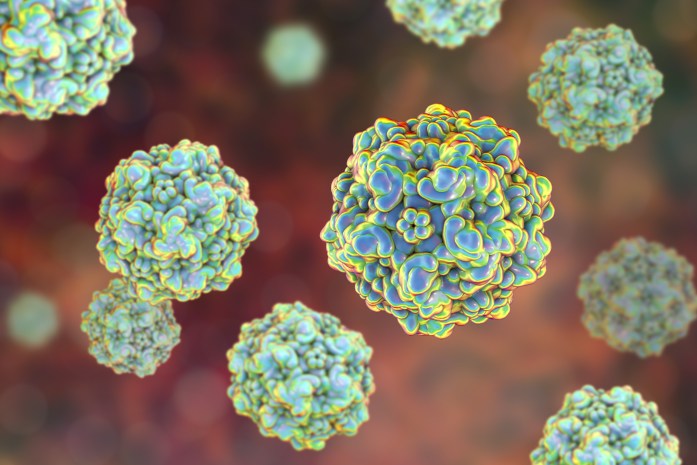
Also known as parvo, CPV is shed in the faeces of an infected dog. CPV can spread directly (contact with faeces) as well as indirectly (e.g. contamination of objects, people and environments). This highly contagious virus can also survive in warm environments for months.
While strains of CPV such as CPV-2a and CPV-2b are the most common in Asian countries, CPV-2c can also be found Singapore. As a result, current vaccines in Singapore are able to protect your dog against all known variants of CPV-2c.
CPV generally causes the gastrointestinal tract to be severely inflamed, destroying the cells lining the small intestine. It also affects the tonsils, lymph nodes and bone marrow (which produces white blood cells). Hence, CPV can cause dogs to have weakened immunities as well as the inability to absorb nutrients from their food.
2. Canine Distemper Virus (CDV)
CDV is shed through body fluids, such as saliva and urine. It is usually passed on via inhalation (e.g. breathing in infected particles from a cough or sneeze). However, indirect transmission is also possible (e.g. sharing food or water bowls).

CDV affects the gastrointestinal, respiratory, skin, immune as well as the central nervous systems. It can also cause the brain to be inflamed, resulting in neurological symptoms that resemble rabies. In addition, this disease is often fatal as there is no known cure. Dogs that survive also have to live with a severely damaged nervous system that cannot be restored.
3. Canine Adenovirus (CAV)
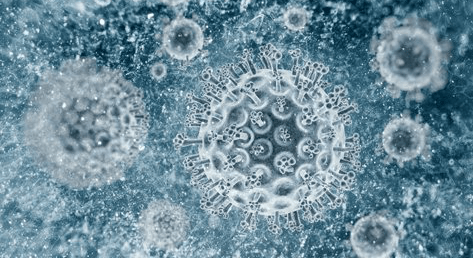
CAV has two strains — CAV-1 and CAV-2. CAV-1 is usually passed on through contact with secretions such as saliva or urine from infected dogs. Dogs that contract CAV-1 generally end up having infectious canine hepatitis (ICH).
ICH is prevalent in many Asian countries such as Japan, China and India. In severe cases of ICH, dogs can even develop haemorrhagic disease, ultimately leading to death. Mortality rate ranges from 10% to 30%, and is especially fatal for puppies.
Meanwhile, CAV-2 is transmitted by air. Along with other pathogens, CAV-2 causes canine infectious respiratory disease complex (CIRDC). You can read more about CIRDC below under ‘Non-Core Vaccines For Dogs’.
Non-Core Vaccines For Dogs
1. Leptospirosis
Leptospirosis is caused by the leptospira bacteria which is shed through the urine of infected animals. Rodents are also known to transmit this disease. This bacteria is generally able to survive well in warm and wet climates like Singapore.
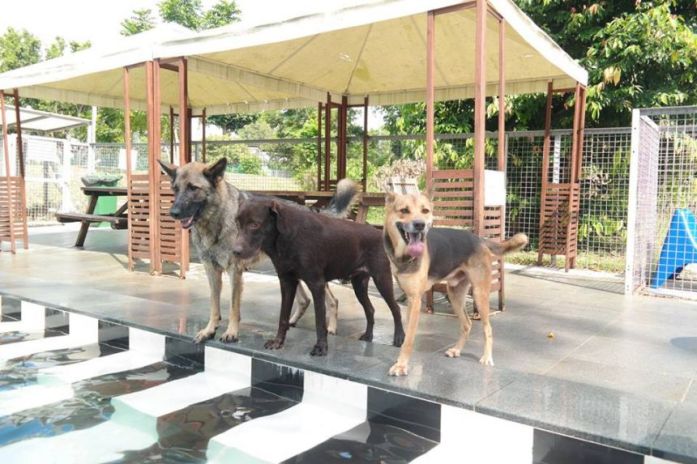
In 2016, there was an outbreak in Singapore, which was traced to a local day care center. This incident caused five deaths. As leptospirosis is zoonotic (a disease that is able to be transferred from an animal to a person), one human case was also reported.
Leptospirosis affects kidney and liver. However, in severe cases, it may even cause dogs to have kidney or liver failure, which can lead to death. Leptospirosis has a fatality rate of 10% to 20%.
2. Rabies

Rabies spreads via bites from an infected animal. The disease affects the central nervous system, which consists of the brain as well as the spinal cord. This can result in aggressive behaviour or paralysis for dogs. Once infected dogs display signs of rabies, it is entirely incurable, leading to death.
Fortunately, Singapore has been free of rabies since 1953. Hence, unless you are travelling overseas, your dog will not need a rabies jab.
3. Canine Infectious Respiratory Disease Complex (CIRDC)
Also known as kennel cough, CIRDC is a highly contagious disease that can be caused by several bacterial and viral organisms. This disease is mostly caught when infected particles are inhaled, but can also be transferred indirectly through contamination.
Do note that because it can be caused by many different pathogens, CIRDC is not preventable through pet vaccinations. However, vaccines can still help to better manage the disease.

CIRDC usually causes a persistent, forceful cough. It also causes dogs to sneeze, have a runny nose or have eye discharge. If CIRDC untreated, it can develop into pneumonia. Fortunately, it is usually easy to treat, and most dogs recover completely within three to six weeks.
4. Canine Coronavirus
Canine coronavirus is not the same, and vastly different from the virus that causes COVID-19. However, it is still a highly infectious disease for dogs that spreads through direct contact with infected faeces.
Owners often mistake canine coronavirus for just diarrhea, as it only causes mild or subclinical gastrointestinal disease. Luckily, it also does not persist for long, and it fairly easy to treat.
What Vaccines Do Your Cats Need?

Although most cats are kept exclusively indoors in Singapore, they may still be exposed to infections and diseases through the air or when infectious materials (such as particles attached to your clothes or shoes) are brought into your home. Hence, it is always recommended for your cat to get their vaccinations!
Core Vaccines For Cats (Mandatory)
1. Feline Parvovirus (FPV)
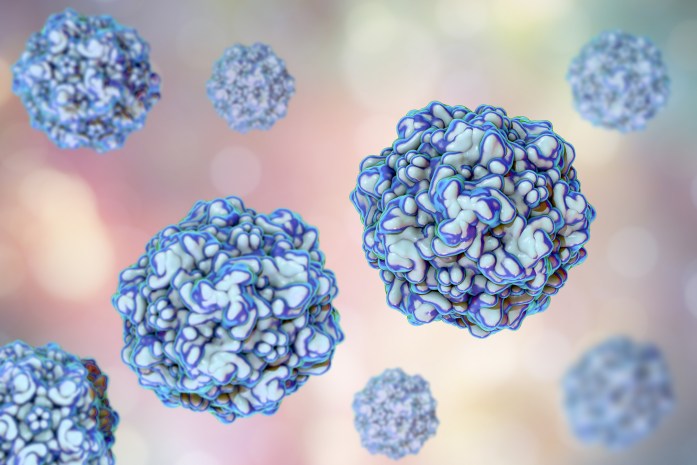
Also known as the feline panleukopenia virus, FPV spreads through body secretions, which can be transmitted indirectly (contaminated objects) or directly (contact with infected cats). Hence, this makes FPV highly contagious.
FPV causes cats to have feline infectious enteritis (FIE), a disease with a high mortality rate. It is especially lethal for kittens. Cats down with FIE will generally experience gastroenteritis (inflammation of the stomach and intestines). Symptoms include hemorrhagic vomiting as well as diarrhea. As the virus travels to the bone marrow, it can also infect white blood cells, causing cats to have a weakened immune system.
2. Feline Calicivirus (FCV)
FCV mainly spreads via ocular (eyes), nasal or oral secretions. Circulation of this contagious virus can also take place directly as well as indirectly. Although transmission through the air is not very common, a simple sneeze can still cause droplets with the virus to travel over 1 to 2 meters.

FCV usually causes acute upper respiratory infections (URIs) — with symptoms such as sneezing, a runny nose, eye discharge, lethargy and a fever. For young kittens, a URI can also lead to pneumonia.
Other than URIs, FCV can also cause:
- Gingivitis (inflamed gums) and stomatitis (inflamed mouth and lips)
- Limping syndrome
- Virulent systemic FCV infection (vsFCV)
As FCV mutates rapidly, do take note that even with a vaccination, cats can still be infected with different strains of the FCV virus.
3. Feline Herpesvirus (FHV-1)
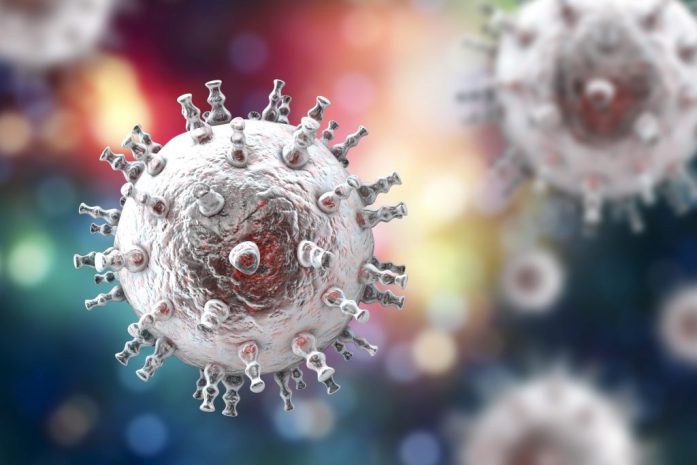
Like FCV, FHV-1 also spreads through ocular, nasal or oral secretions. FHV-1 can be circulated both directly and indirectly as well, making it just as contagious.
However, cats that have been previously infected with FHV-1 actually remain latent, life-long carriers of the virus. Although the virus remains dormant in most cases, it is still possible for FHV-1 to be shed during periods of stress or suppressed immunity.
FHV-1, along with FCV, causes of the majority of all upper respiratory infections (URIs), also known as cat flu. Some signs of URIs include symptoms such as sneezing, having a runny nose, eye discharge and/or fever. Although they both cause URIs, FHV is typically more lethal than FCV.
Other than URIs, FCV can also cause:
- Keratitis (cornea infection) and conjunctivitis (pink eye)
- FHV-associated dermatitis
Non-Core Vaccines For Cats
Usually, vets only recommend these non-core vaccines for cats living in a household with other cats that may have these diseases. This is also applicable for cats with outdoor access.
1. Feline Leukaemia Virus (FeLV)
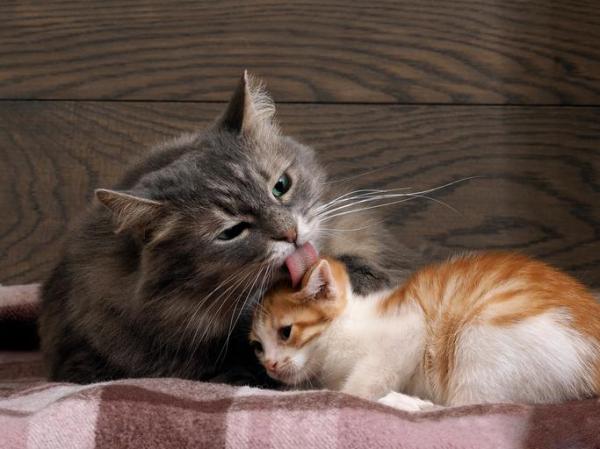
FeLV is shed through body fluids such as saliva, urine or faeces. It can spread both directly (e.g. grooming, mating) and indirectly (e.g. sharing water bowls or litter boxes). In 2013, a study reported that this disease is prevalent in 9% to 24% of our local cats.
FeLV is the second leading cause of death in cats in the world. 85% of cats persistently infected with FeLV die within three years. This is because FeLV can cause cats to have anemia or lymphoma (cancer of the lymphatic system). Moreover, it also weakens the immune system, making them more susceptible to other infections. Fortunately, 70% of all cats recover from FeLV without the need for any medical help.
2. Feline Immunodeficiency Virus (FIV)
FIV is shed via the saliva, usually through bite wounds or direct contact with infected cats. In Singapore, a 2013 study reported that 16% of a sample cat population tested positive for FIV antibodies (indicating that they have or previously had FIV). Similar to the human immunodeficiency virus (HIV), FIV attacks the immune system (more specifically, the white blood cells), causing cats to be more susceptible to other infections.
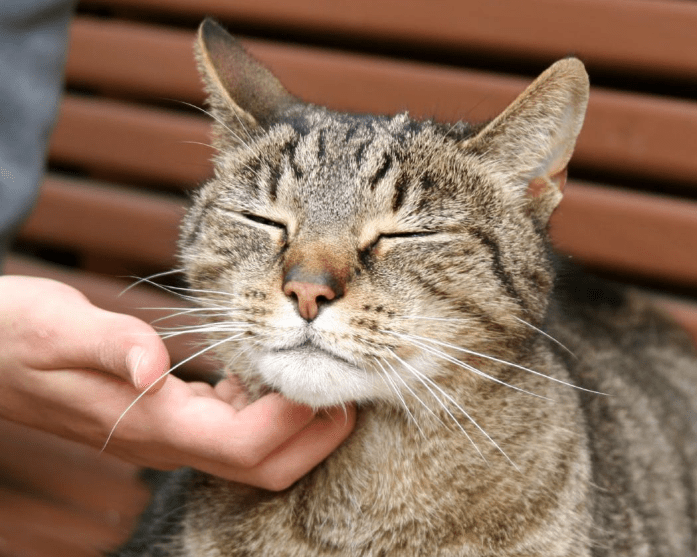
There is no cure for FIV. However, that does not mean that they do not get to live long, fulfilling lives. A study reported that FIV-infected cats were able to survive just under 5 years on average, from the time of diagnosis. This is compared to an average of 6 years for a normal cat.
Additionally, do take note that FIV vaccines are dependent on the strain of FIV. Thus, it is still possible for a vaccinated cat to be infected with another strain of the virus.
3. Feline Chlamydiosis (C. felis)

C.felis is a bacteria that usually spreads via secretions such as ocular discharge. In addition, this bacteria has many strains, with majority being species-specific (usually only infects one type of animal). This disease is most common in kittens 5-12 weeks of age.
C.felis usually causes conjunctivitis, where eyes become infected and inflamed. Generally, this infection is fairly easy to treat through taking prescribed antibiotics.
4. Rabies
Just like dogs, cats can also get rabies. Damaging the central nervous system, cats that contract rabies usually die within 7 days once the virus reaches the brain.
As Singapore is rabies-free, unless your cats are travelling overseas, they do not need a rabies jab.
Are There Any Side Effects To Pet Vaccinations?

Just like humans, it is common for pets to have some mild side effects from vaccinations. Your cat or dog may show the following symptoms:
- Slight fever
- Sluggishness or fatigue
- Loss of appetite
- Pain or swelling around the injection site
These side effects do not need medical attention — however, should they persist past 24 hours, please notify your vet.

If your pet has a mild fever or is experiencing pain or swelling, it might also be good to give them cool, damp towels to lie on or a cooling mat to help relieve some of the discomfort.
However, do make sure to bring your cat or dog back to the vet if they show any of these signs:
- Vomiting
- Diarrhea
- Swelling of the face and/or paws
- Hives
- Collapse or fainting
- Difficulty breathing
- Seizures (anaphylactic shock)
- Persistent and/or severe coughing
To find out more about pet vaccinations or which ones are most suitable for your pet, do consult your vet.
If you’d like to read more health-related topics concerning your cat or dog, you may want to check out “5 Common Cat Health Problems” or “What Vitamins & Minerals Does My Dog Need”.
